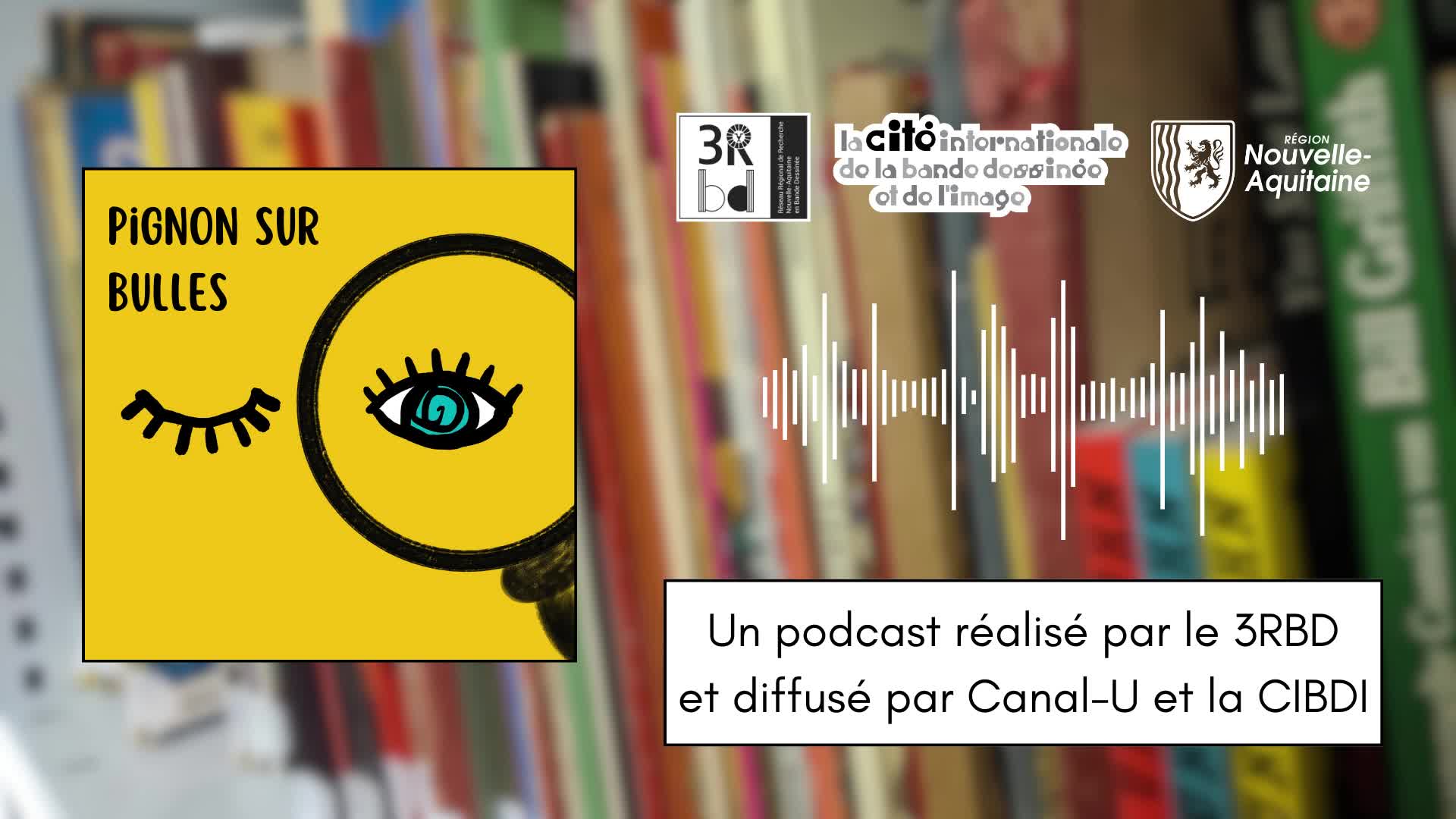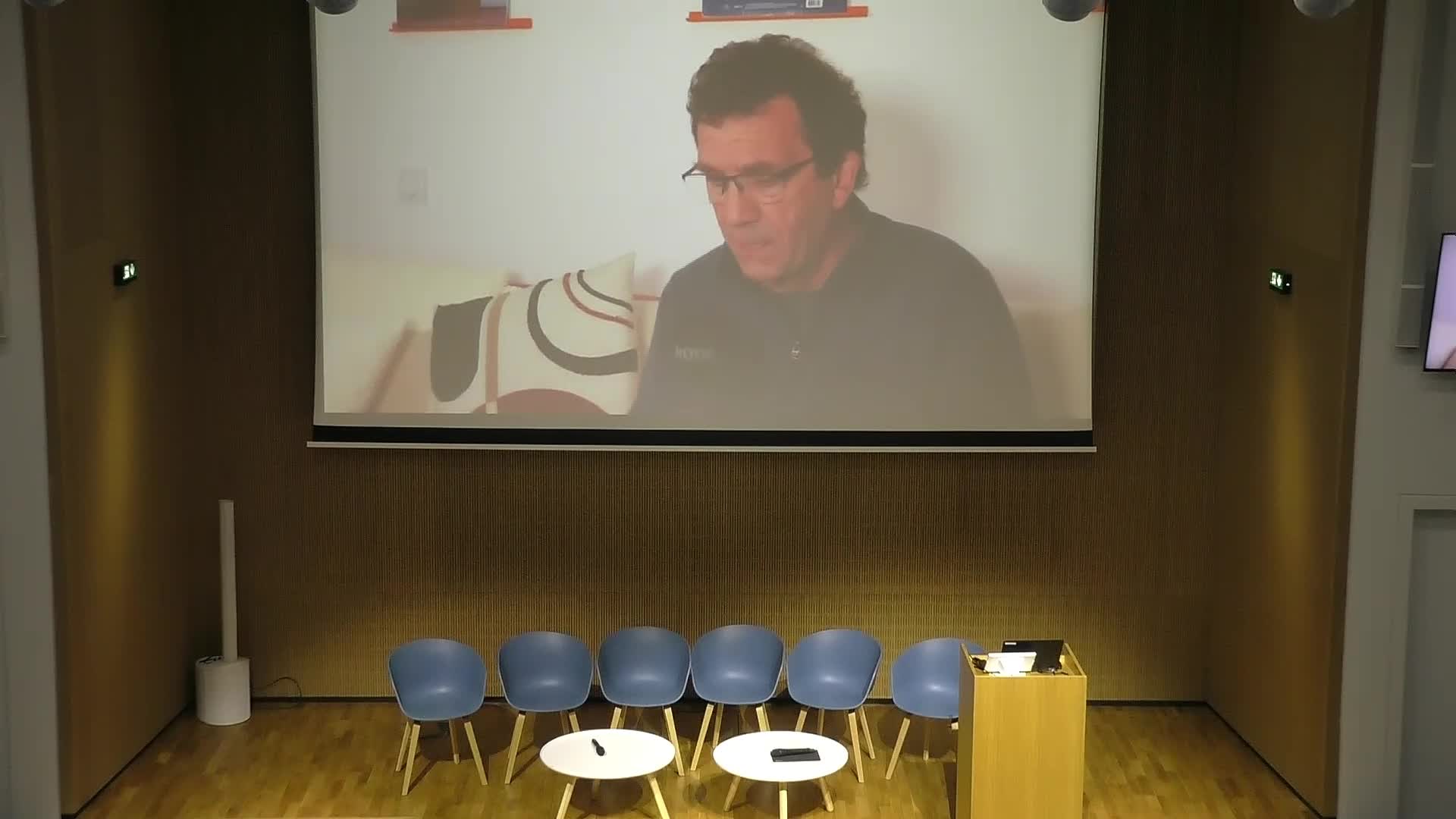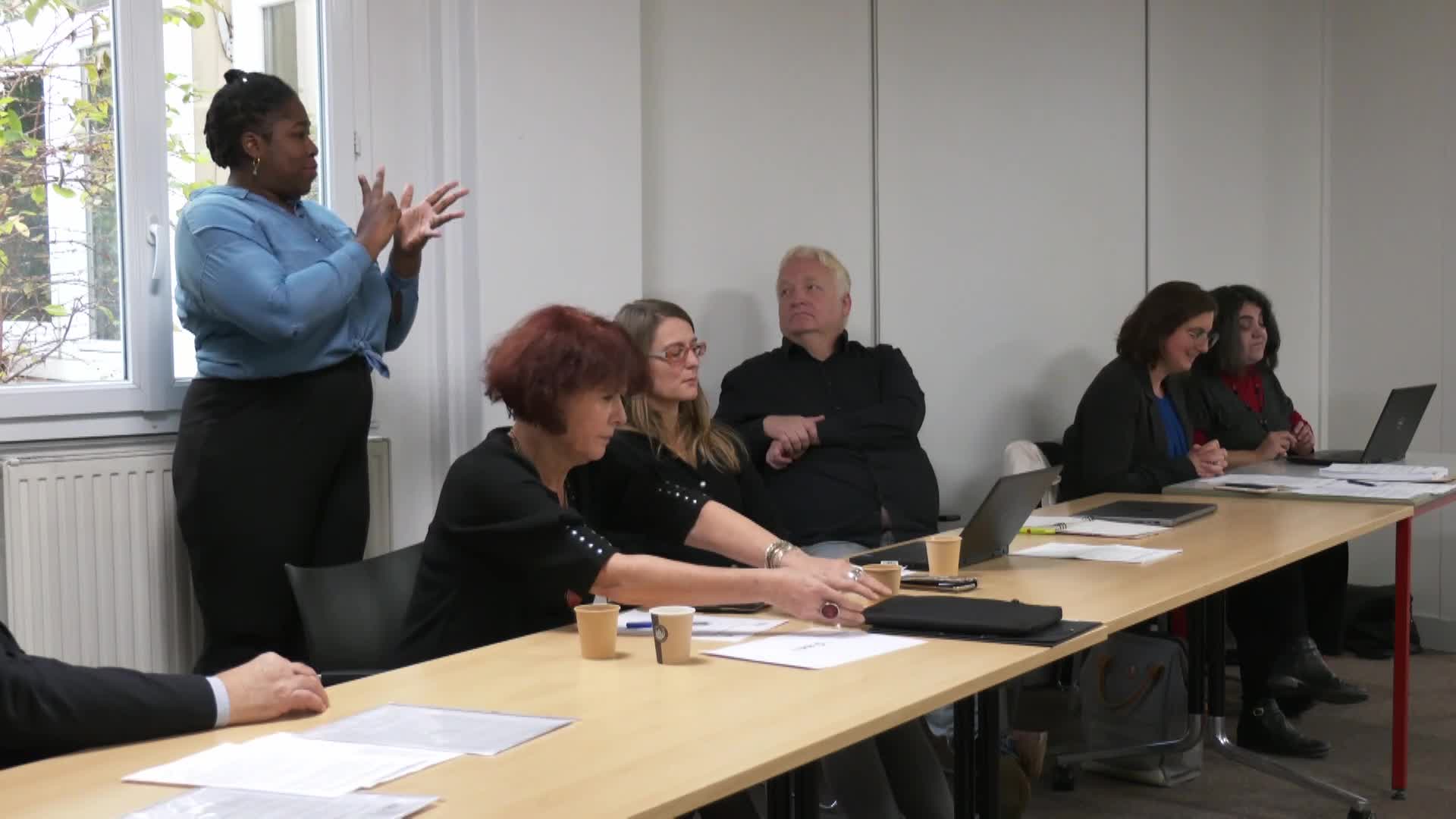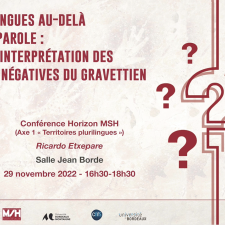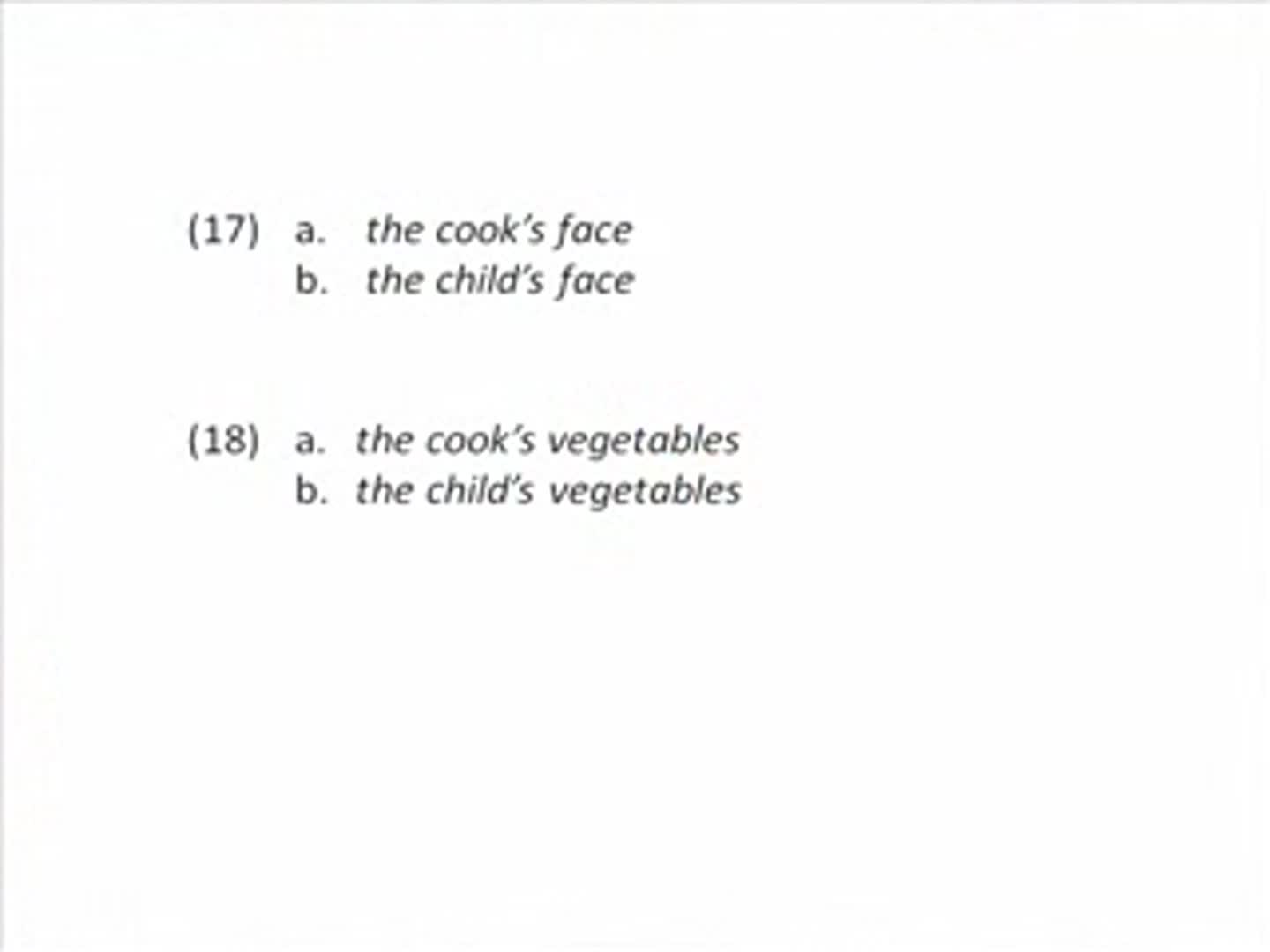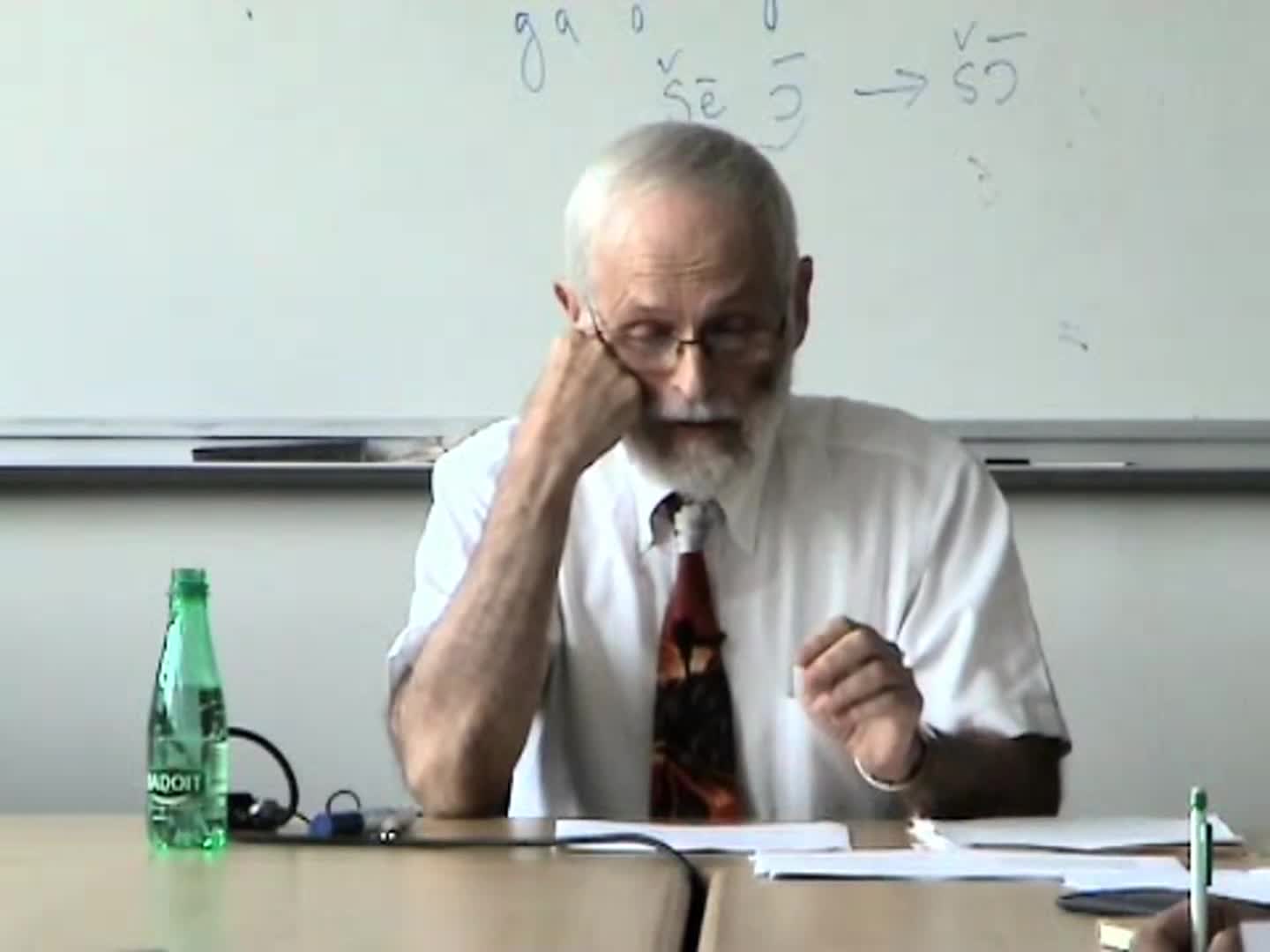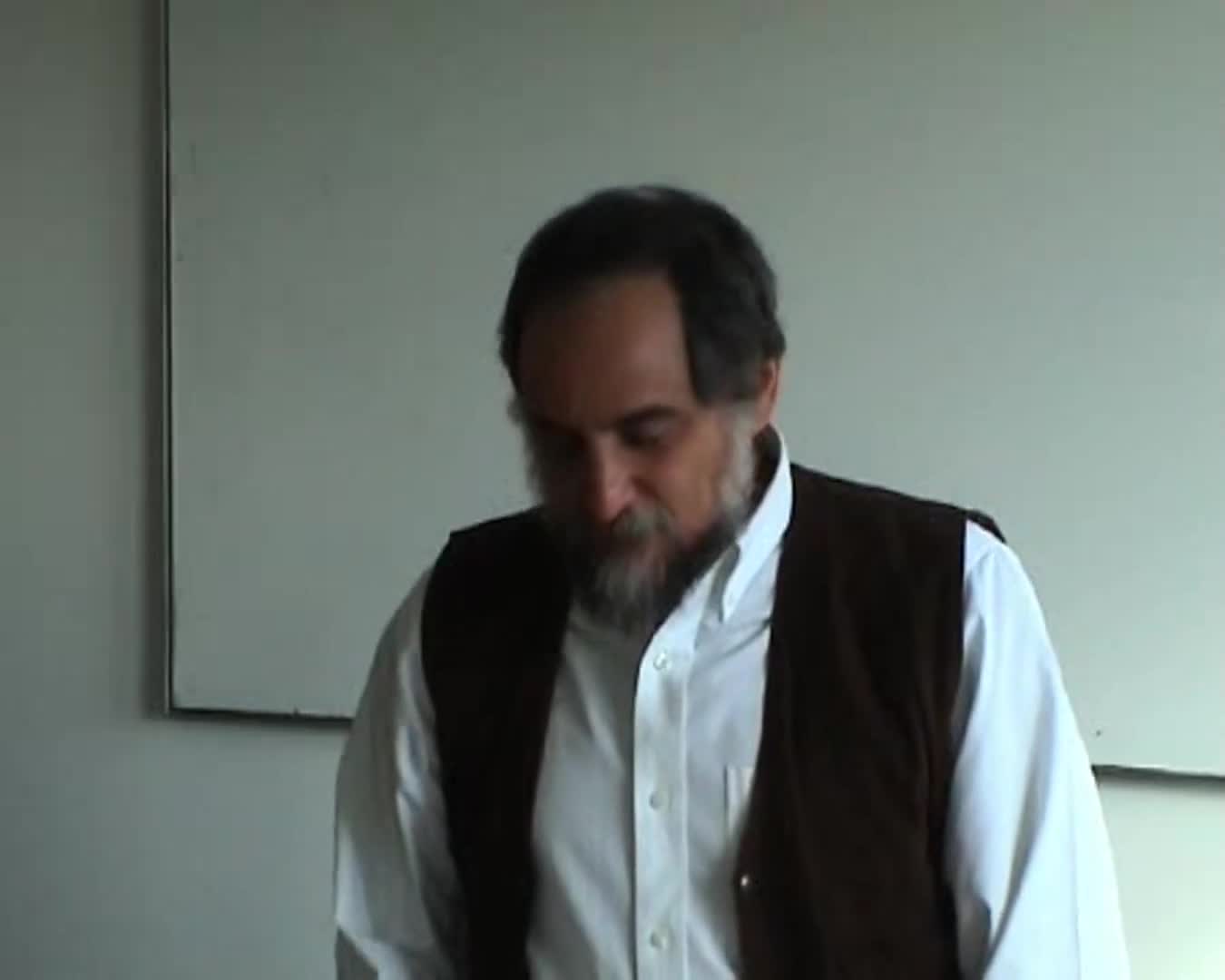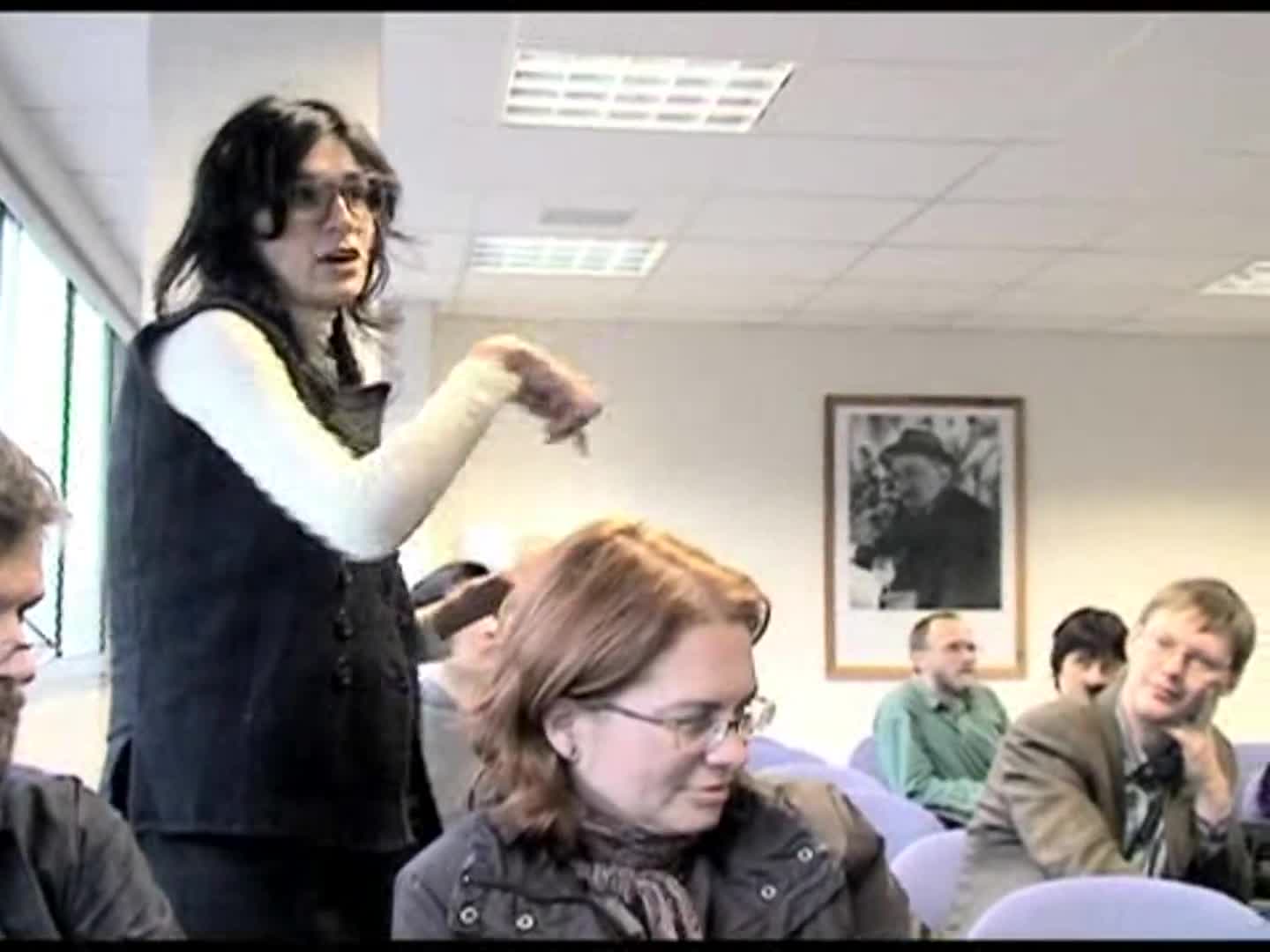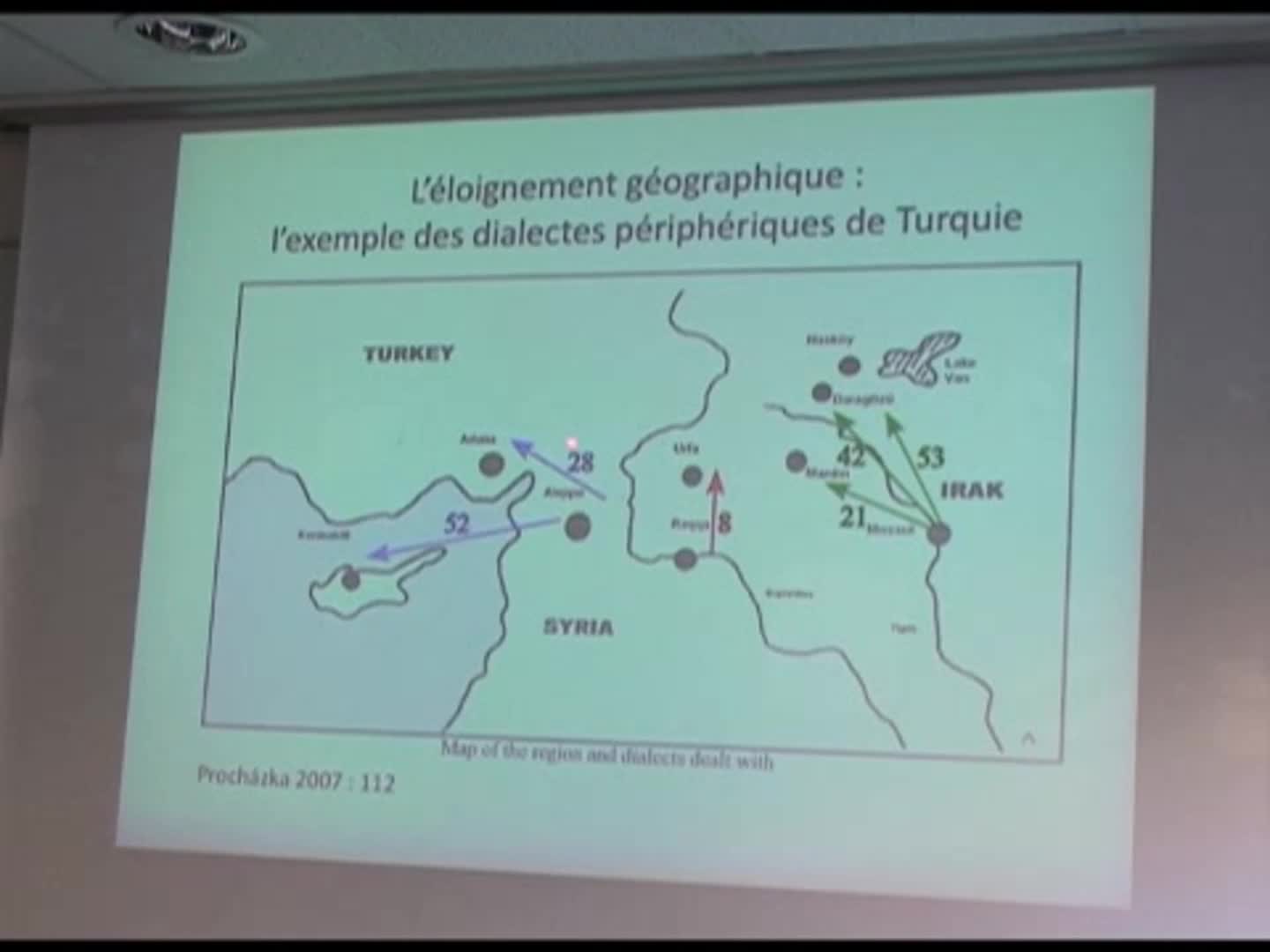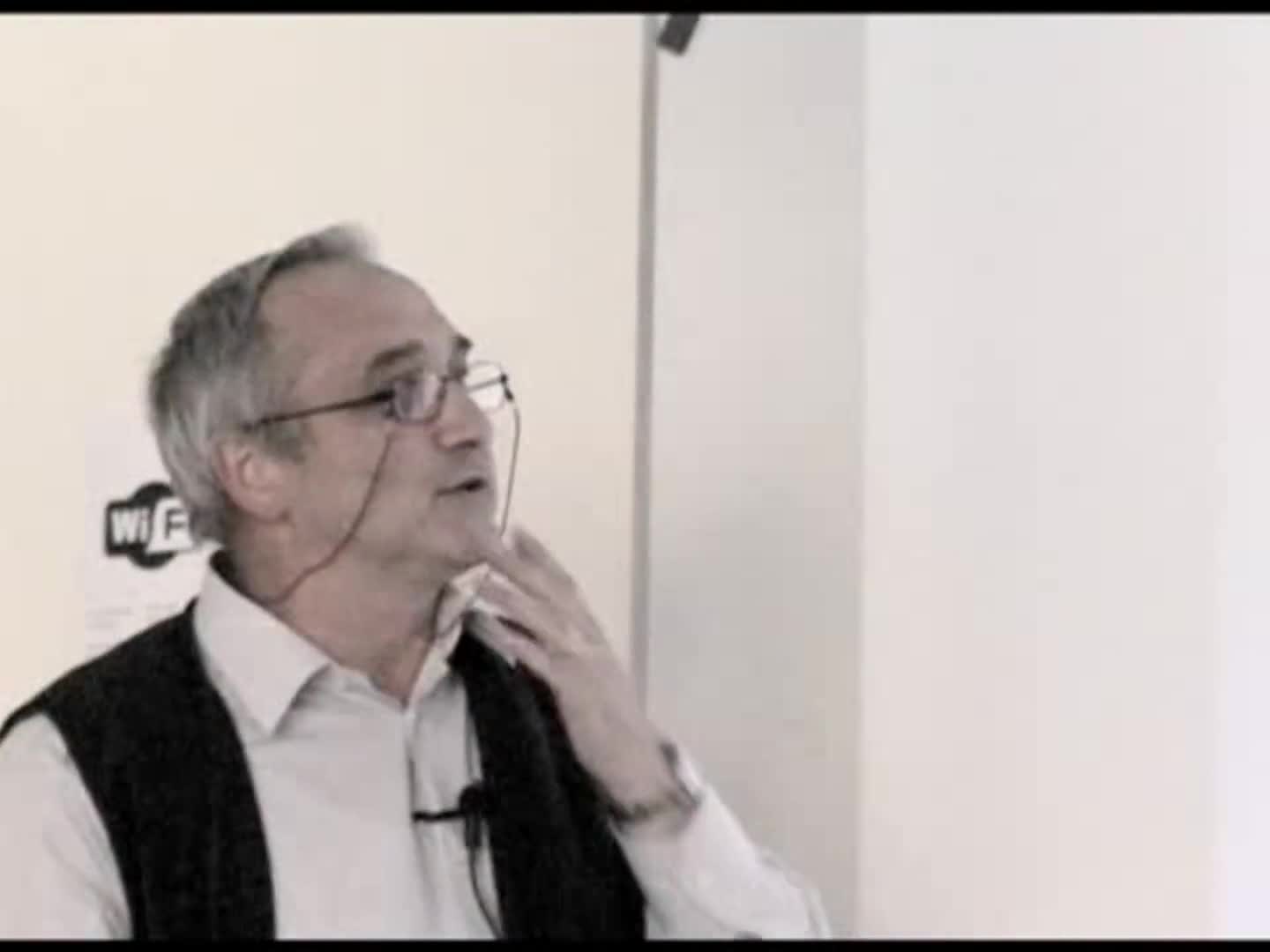Notice
A neural model of sensorimotor experience, and of the representation, storage and communication of events
- document 1 document 2 document 3
- niveau 1 niveau 2 niveau 3
Descriptif
Many cognitive scientists have advanced ‘embodied’ models of human language, in which language is connected in some way to the sensorimotor (SM) mechanisms that engage with the world. I’ll introduce a particular version of this idea, that has relevance for models of how language interfaces with long-term memory and with the emotional system.
The foundation for my model is Dana Ballard’s (1997) proposal that the SM processes through which an agent engages with the world are structured as deictic routines: well-defined sequences of relatively discrete atomic attentional, sensory or motor actions (called deictic operations). I propose that agents experience sentence-sized ‘events’ in the world through deictic routines, whether they are observing them or participating in them. I further propose that agents represent events in working memory (WM) as prepared deictic routines: that is, as ‘executable’ representations, that can be performed, or simulated. In the model I propose, these executable event representations provide the interface between language and long-term memory (LTM). When an event has been experienced, its complete WM representation can be registered in LTM, and the WM representation can be cleared, ready for the next event. (It will be registered more strongly if it has strong emotional connotations.) A complete WM event representation can also be communicated, by simulating it in a special ‘language mode' where SM signals can trigger output phonology.
This model supports an interesting account of how memory operations surface in language. The key idea here is that operations accessing memory, or putting the agent into other cognitive modes, should also be regarded as ‘deictic operations’ - ones that happen at the very start of a deictic routine. On this model, when experiencing an event, the first thing the agent must do is to decide whether to retrieve an event from memory (or some other cognitive modality like imagination), or to engage with the sensorimotor here-and-now. These different options are each implemented by a deictic operation. (Thus there are separate deictic operations establishing ‘LTM retrieval mode’, ‘experience mode’ and so on.) Crucially, these mode-setting deictic operations are also stored in the WM medium encoding events, which interfaces with language.
This model of the SM system and its interfaces to memory offers some interesting ideas for linguists. At the level of syntax, stored mode-setting operations provide interesting possible denotations for tense mophology in sentences, and of several closed-class/modal verbs (including verbs expressing emotional experience, like ‘feel’). At the level of discourse, the model provides a neural implementation of several ideas from update semantics. I’ll focus on monologue in my talk, but I will outline possible extensions to dialogue.
Thème
Dans la même collection
-
Dialogue Context in Memory
Recent years have seen the emergence of theories that can be used to analyze a variety of phenomena characteristic of conversational interaction, including non-sentential utterances, manual
-
How Do Pre- and Post-Encoding Processes Affect Episodic Memory?
What post-encoding processes cause forgetting? For decades there had been controversy as to whether forgetting is caused by decay over time or by interference from irrelevant information, and a
-
How prosody helps infants and children to break into communication
GervainJuditThe talk will present four sets of studies with young infants and children to show who prosody helps them learn about different aspects of language, from learning basic word order through
-
The neuropragmatics of dialogue and discourse
In real life communication, language is usually used for more than the exchange of propositional content. Speakers and listeners want to get things done by their exchange of linguistic utterances.
-
Multimodality and Memory: Outlining Interface Topics in Multimodal Natural Language Processing
Multimodal dialogue, the use of speech and non-speech signals, is the basic form of interaction. As such, it is couched in the basic interaction mechanism of grounding and repair. This
-
Episodic memory and the importance of attribution processes to assess the retrieved memory contents
The Integrative Memory model describes the core mechanisms leading to recollection (i.e., to recall qualitative details about a past event) and familiarity (i.e., to identify some event as
-
Modelling Memory with Types: semantics and neural representation
I will argue that record types in TTR (a type theory with records) can be used to model mental states such as memory or belief. For example, a type modelling a belief or memory state is a type of
-
Language within the mosaic of social cognition
In spite of high genetic overlap and broadly similar neural organization between humans and non-human primates, humans surpass all other species in their abilities to solve novel problems, in the
-
Universal Anaphora and Dialogue Phenomena
Universal Anaphora and Dialogue Phenomena
Sur le même thème
-
Quand la BD reveille l'Antiquité
LonniMarieGallegoJulieDans ce neuvième épisode, Marie Lonni a pu échanger avec Julie Gallego.
-
Projet ORDI-GOAL
MagordAndréBellyMarlènePrésentation du projet ORDI-GOAL – Oralité Dynamique : Grand Ouest français, Acadie, Louisiane, lauréat de l’appel à projets CollEx-Persée 2022.
-
Quels ouvrages écrivent les locuteurs du croissant ?
PisuRafaëlloÉtudier les parlers locaux ne se limite pas à analyser les langues en tant que système linguistique. La sociolinguistique a pour postulat de base qu'on ne peut s'intéresser à une langue sans prendre
-
Le croissant dans l’atlas sonore des langues régionales de France
Boula de MareüilPhilippeDepuis quelques années, dans le laboratoire LISN du CNRS, on développe un atlas sonore des langues régionales de France qui prend la forme d'un site web présentant une carte interactive de France,
-
Soutenance de thèse : Robert GAVRILESCU
GavrilescuRobertGarciaBrigitteSallandreMarie-AnneNystVictoriaRathmannChristianBogdanGeluSoareElenaSoutenance de thèse : Robert GAVRILESCU Description linguistique de la Langue des Signes Roumaine. Analyse de la variation linguistique et sociolinguistique dans deux régions roumaines
-
Des langues au-delà de la parole : une réinterprétation des mains négatives du gravettien
EtxepareRicardoDes langues au-delà de la parole : une réinterprétation des mains négatives du gravettien
-
Conférence du professeur Frank Lichtenberk | Apparition et disparition des classificateurs possessi…
LichtenberkFrankConférence de Frank Lichtenberk (Université d'Auckland, Nouvelle-Zélande) | Apparition et disparition des classificateurs possessifs en austronésien / The rise and demise of possessive classifiers in
-
conférence du Professeur James A. Matisoff | Les initiales laryngales primaires et secondaires en T…
MatisoffJames A.Conférence du Professeur James A. Matisoff (Université de Californie, Berkeley) | Les initiales laryngales primaires et secondaires en Tibéto-birman | 06 mai 2009 | CNRS - Langues et Civilisations à
-
conférence du Professeur Brian Joseph | On the Need for History in Doing Balkan Linguistics
JosephBrian D.Conférence du Professeur Brian Joseph (Ohio State University) | On the Need for History in Doing Balkan Linguistics | 02 octobre 2008 | CNRS - Langues et Civilisations à Tradition Orale (LACITO)
-
ATELIER DÉSERTS. Y A-T-IL DES CORRÉLATIONS ENTRE L'ÉCOSYSTÈME ET LE CHANGEMENT LINGUISTIQUE ? | Ta…
NicolaïRobertJournée d'étude Déserts. Y a-t-il des corrélations entre l'écosystème et le changement linguistique ? | 19 octobre 2009 | CNRS - Langues et Civilisations à Tradition Orale (LACITO)
-
ATELIER DÉSERTS. Y A-T-IL DES CORRÉLATIONS ENTRE L'ÉCOSYSTÈME ET LE CHANGEMENT LINGUISTIQUE ? | De …
Taine-CheikhCatherineJournée d'étude Déserts. Y a-t-il des corrélations entre l'écosystème et le changement linguistique ? | 19 octobre 2009 | CNRS - Langues et Civilisations à Tradition Orale (LACITO)
-
ATELIER DÉSERTS. Y A-T-IL DES CORRÉLATIONS ENTRE L'ÉCOSYSTÈME ET LE CHANGEMENT LINGUISTIQUE ? | Aux…
ToscoMauroJournée d'étude Déserts. Y a-t-il des corrélations entre l'écosystème et le changement linguistique ? | 19 octobre 2009 | CNRS - Langues et Civilisations à Tradition Orale (LACITO)











